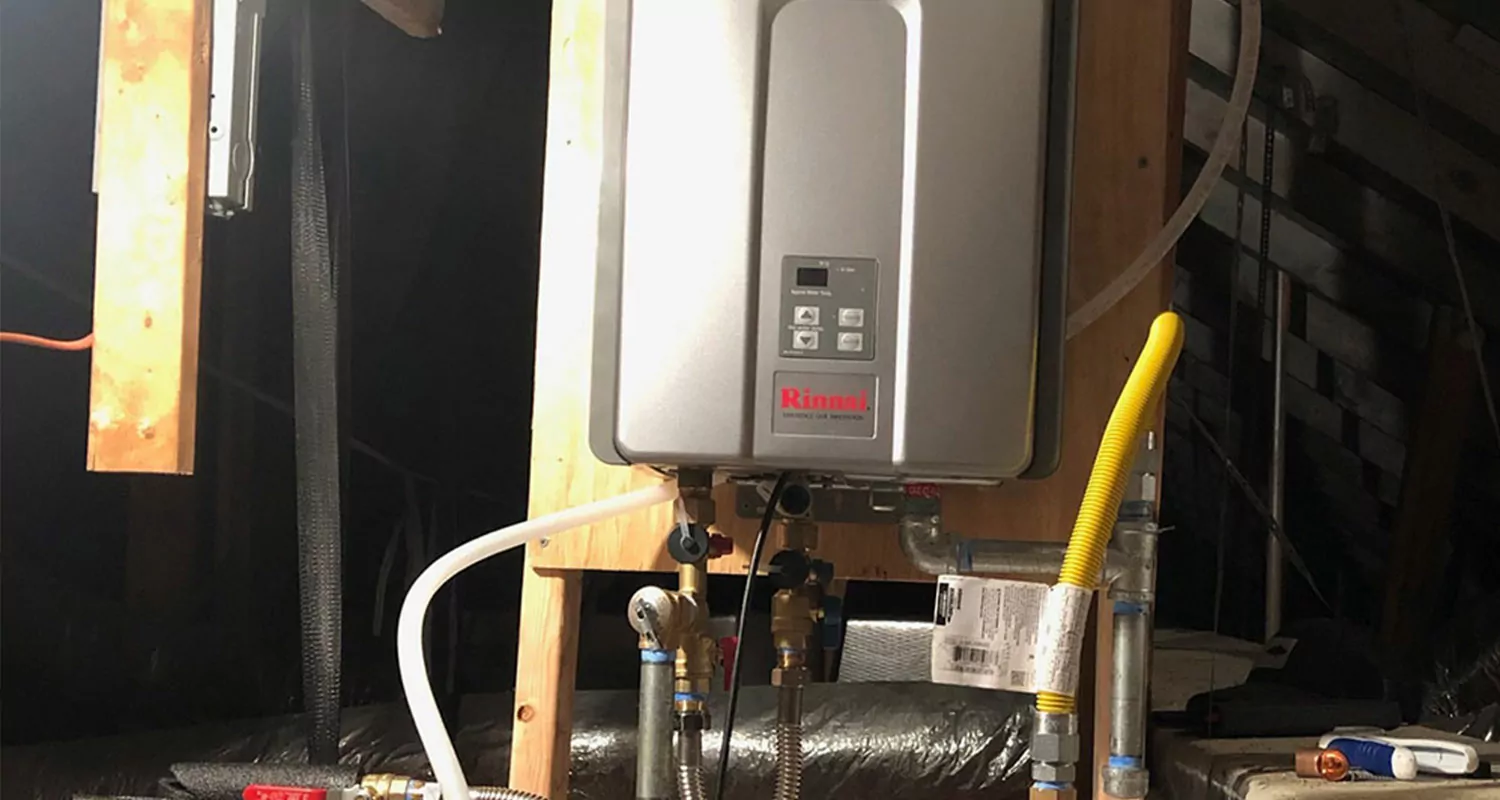Effective Methods to Maintain Your Home's Hot Water System Successfully
Effective Methods to Maintain Your Home's Hot Water System Successfully
Blog Article
This great article listed below pertaining to How to Maintain a Hot Water Heater in a Few Simple Steps is incredibly fascinating. Don't miss it.

Hot water is necessary for daily comfort, whether it's for a rejuvenating shower or washing meals. To ensure your warm water system runs successfully and lasts longer, routine maintenance is essential. This post supplies sensible suggestions and understandings on how to preserve your home's warm water system to avoid disturbances and expensive repairs.
Intro
Maintaining your home's warm water system might appear complicated, yet with a few straightforward steps, you can guarantee it operates efficiently for years to find. This overview covers every little thing from understanding your hot water system to do it yourself upkeep tips and understanding when to call professional help.
Significance of Maintaining Your Warm Water System
Normal maintenance not only prolongs the life-span of your warm water system but also ensures it runs efficiently. Ignoring upkeep can result in lowered efficiency, greater power costs, and even premature failure of the system.
Indications Your Warm Water System Demands Upkeep
Knowing when your hot water system needs interest can protect against significant issues. Look out for indications such as inconsistent water temperature level, odd sounds from the heating system, or corroded water.
Recognizing Your Warm Water System
Prior to diving right into upkeep jobs, it's handy to recognize the basic components of your hot water system. Generally, this includes the water heater itself, pipes, anode rods, and temperature controls.
Regular Monthly Maintenance Tasks
Routine regular monthly checks can help catch minor issues before they escalate.
Flushing the Water Heater
Flushing your water heater eliminates sediment buildup, improving efficiency and prolonging its life.
Checking and Replacing Anode Rods
Anode poles prevent deterioration inside the container. Evaluating and changing them when broken is vital.
Checking and Changing Temperature Level Setups
Changing the temperature settings ensures optimum efficiency and security.
DIY Tips for Maintenance
You can perform several upkeep jobs yourself to keep your hot water system in leading condition.
Checking for Leaks
Frequently inspect pipelines and links for leaks, as these can lead to water damages and greater bills.
Testing Stress Alleviation Valves
Evaluating the pressure safety valve guarantees it works correctly and protects against extreme pressure build-up.
Protecting Pipes
Insulating warm water pipes reduces warmth loss and can save energy.
When to Call a Specialist
While DIY maintenance is valuable, some problems require specialist competence.
Facility Problems Needing Specialist Assistance
Examples consist of major leakages, electric problems, or if your hot water heater is regularly underperforming.
Regular Expert Maintenance Conveniences
Professional upkeep can include detailed evaluations, tune-ups, and ensuring conformity with safety requirements.
Conclusion
Normal maintenance of your home's warm water system is crucial for effectiveness, longevity, and expense financial savings. By complying with these pointers and understanding when to look for expert aid, you can guarantee a trusted supply of hot water without unanticipated disruptions.
Water Heater Maintenance Tips
Test the TPR Valve
Shut off the power and the cold-water supply valve. Place a bucket under the pipe connected to the temperature-pressure-release (TPR) valve on the top or side of the tank. (This valve opens if the tank pressure gets too high.) Lift the valve’s tab to let some water out, then let go. If water keeps flowing, drain the tank partway, unscrew the old valve with a pipe wrench, and install a new one. Check the Anode Rod
Put a hose to the tank’s drain cock and let out a few gallons of water. Now fit a 1 1/16-inch socket onto the rod’s hex head on top of the heater (or under its top plate) and unscrew the rod. If it’s less than ½ inch thick or coated with calcium, buy a new one, wrap its threads with Teflon tape, put it back in the tank, and tighten securely. Use this segmented rod if headroom above the tank is limited. Drain the Tank and Wash Out Sediment
Drain the remaining water in the tank into the bucket, then stir up the sediment on the tank’s bottom by briefly opening the cold-water supply valve. Drain and repeat until clean water comes out of the hose. Close the drain cock, refill the tank, and turn its power back on. Adjust the Temperature
Find the temperature dial on the side of the tank and unscrew its cover. Adjust the dial to 120 degrees using a flathead screwdriver. For every 10 degrees the temperature is lowered, you can expect to save up to 5 percent in energy costs. Turn the water heater off or the thermostat down to its lowest setting if you plan to be away from home for more than three days. Insulate the Pipes
Buy some self-sticking 3/8-inch-thick foam pipe insulation that matches the pipes’ diameter. Slide the foam over the hot-and cold-water pipes as far as you can reach. Insulating the cold-water pipe prevents condensation in summer. Peel the tape and squeeze the insulation closed. If the pipe is 6 inches or less from the flue, cover it with 1-inch-thick unfaced fiberglass pipe wrap. https://www.thisoldhouse.com/plumbing/21016402/how-to-maintain-a-water-heater

I recently found that blog entry about Water Heater Maintenance Tips You Can't Afford to Forget when doing a lookup on the search engines. Remember to take the opportunity to distribute this post if you liked it. I take joy in your readership.
Book Now Report this page